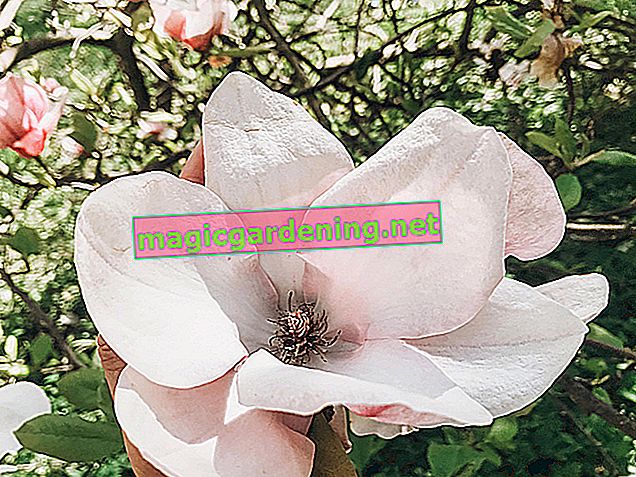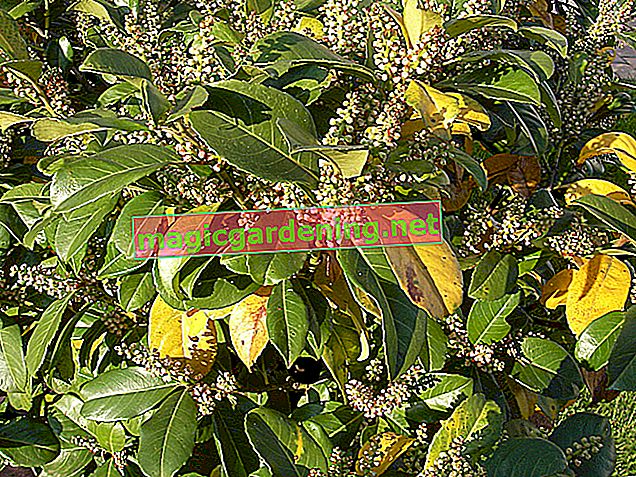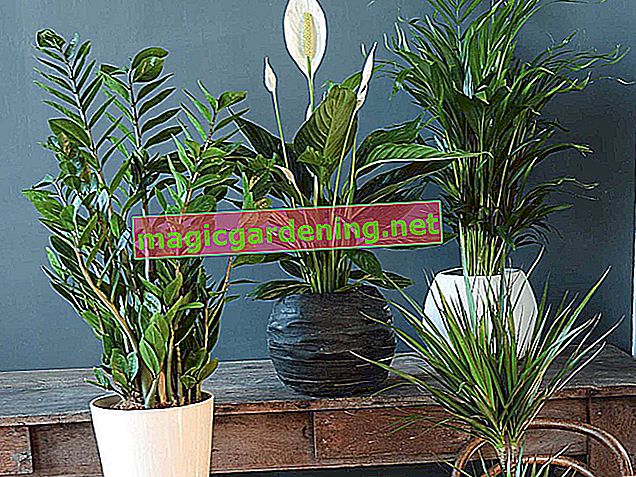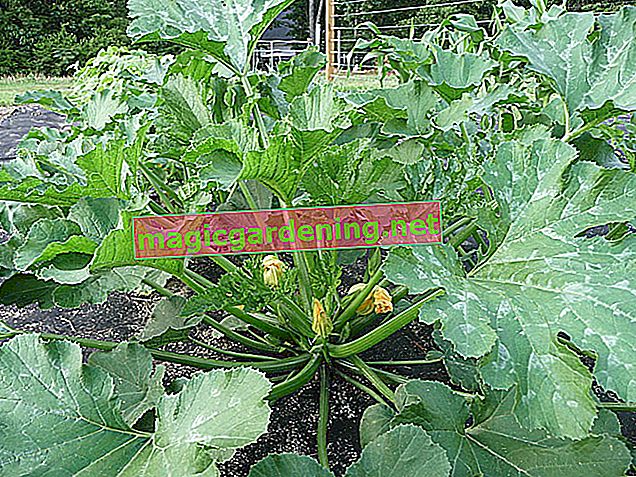
Can the crop tolerate drought or does it have to be watered?
The gold lacquer should be supplied with plenty of water, especially when it is in bloom, which lasts from April to May (depending on the variety). Both tap water and rainwater are suitable.
also read
- Gold lacquer - winter outside or inside
- How seriously toxic is the gold lacquer?
- Gold lacquer: admire when it is in bloom and cut afterwards
It tolerates short-term drought without damage. But in the long term he cannot make friends with a dry earth. It is also sensitive to moisture (risk of rot). It is ideal to keep the substrate slightly moist.
Does Goldlack need fertilizer?
You can supply the gold lacquer with compost and / or horn shavings as early as spring (€ 6.39 at Amazon *). Carefully work these fertilizers into the soil. The next application of fertilizer does not make sense until 8 weeks later. During its growth phase, the gold lacquer should be fertilized about every 4 weeks. Liquid fertilizers are well suited. Container plants are fertilized every week from March to the end of June.
How do you overwinter the plant?
Since the gold lacquer is considered badly hardy, you should cover it over the winter. Before that, it is cut back in autumn so that only a few leaves remain. Starting in November, put a layer of sticks over the root area of the plant. Potted plants are put in the autumn and overwintered.
What kind of disease can it lead to?
The gold lacquer is usually not susceptible to disease. But if the location and care are not right, diseases can occur. Among others, the following diseases can occur:
- Gray mold: leaves are covered with a velvety gray coating
- Wilt disease: leaves wither
- Carboniferous hernia: Roots are damaged, resulting in blue-green to gray leaves that wither
When and how do you cut the gold lacquer?
Please note this when cutting:
- well tolerated by cutting
- simple secateurs are sufficient
- cut off dead flowers (stimulates the formation of new flowers)
- Perennial species: cut back heavily after flowering
- Shoot young plants from a height of 10 cm (shorten the main shoot for a bushier growth)
Tips
Since the gold lacquer is poisonous, you should rather wear gloves when handling it directly!








